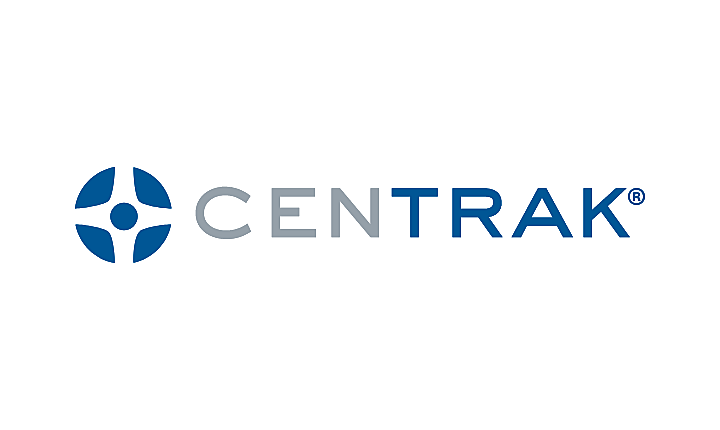How to Get Your RTLS Project Approved When Budgets Are Tight

Healthcare providers are increasingly realizing the importance of having an RTLS infrastructure in place to help improve patient and staff safety, operational efficiency, asset utilization, and patient throughput. This is even more clear now, when resources have been stretched to the limit and staff retention is at an all-time low.
Even as the realization of the value of RTLS grows, healthcare systems are now dealing with drastically reduced revenues, putting a stop to many planned initiatives, and perhaps even stopping initiatives in progress.
Many organizations are prioritizing the use of RTLS to better serve patients and generate revenue.
When working with CenTrak, hospitals can expect the following outputs:
1. Clear understanding of the strategic vision and direction for the organization. For example, how can RTLS help reduce long patient wait times or automate non-value-added tasks for staff?
2. Unbiased collection of the organization’s issues, opportunities, and needs, regardless of how they relate to the project.
3. Full inventory of current or pending projects and systems that can be enhanced or augmented with RTLS.
4. Detailed and comprehensive account of all issues, opportunities, and needs that can be addressed with a well-planned and designed RTLS system, along with how they contribute to advancing the organization’s overall strategies and goals.
5. Assessment of the current state, and a definition of the desired future state of processes and use cases for which real-time technologies may be applied.
6. A technical architecture which will define the technical requirements of the solution. This architecture takes into account how the system will integrate or augment existing systems as well as how it can best accommodate the identified use cases.
7. An estimation of the cost of the required solution components in order to provide budgetary sizing.
8. Recommended deployment roadmap which defines how technology and use cases (value) will be implemented.
9. Full financial projections outlining all required components to deploy a successful project, including capital and operating expenses, as well as ongoing resources required to support and maintain the system.
10. Corresponding benefit/ROI projections, including both soft and hard dollar returns for each use case, including an initial baseline, as well as target goals and metrics needed to provide quantifiable documentation of value throughout the project.
11. Resourcing models and detailed requirements for the specific roles and management structure for the team and the project, including well-defined governance and operational structures.
12. An executive presentation that can easily and clearly communicate the above referenced components in fewer than 10 slides and 20 minutes of conversation. Only with a definitive plan and a proper set of expectations for cost, results, timelines, and effort should projects be presented for executive review and approval.
From our years helping hospitals successfully deploy and realize the value of an RTLS solution, we have clearly seen that the healthcare organizations that make the investment up front to work through the creation of a business model have an exponentially higher rate of success.
If you need assistance creating a business model that your hospital leadership team can approve, we can help. Our solution design experts can guide you through this process and do much of the heavy lifting so that by the end of the process, you are ready to confidently present your request for the funding of your RTLS project.






